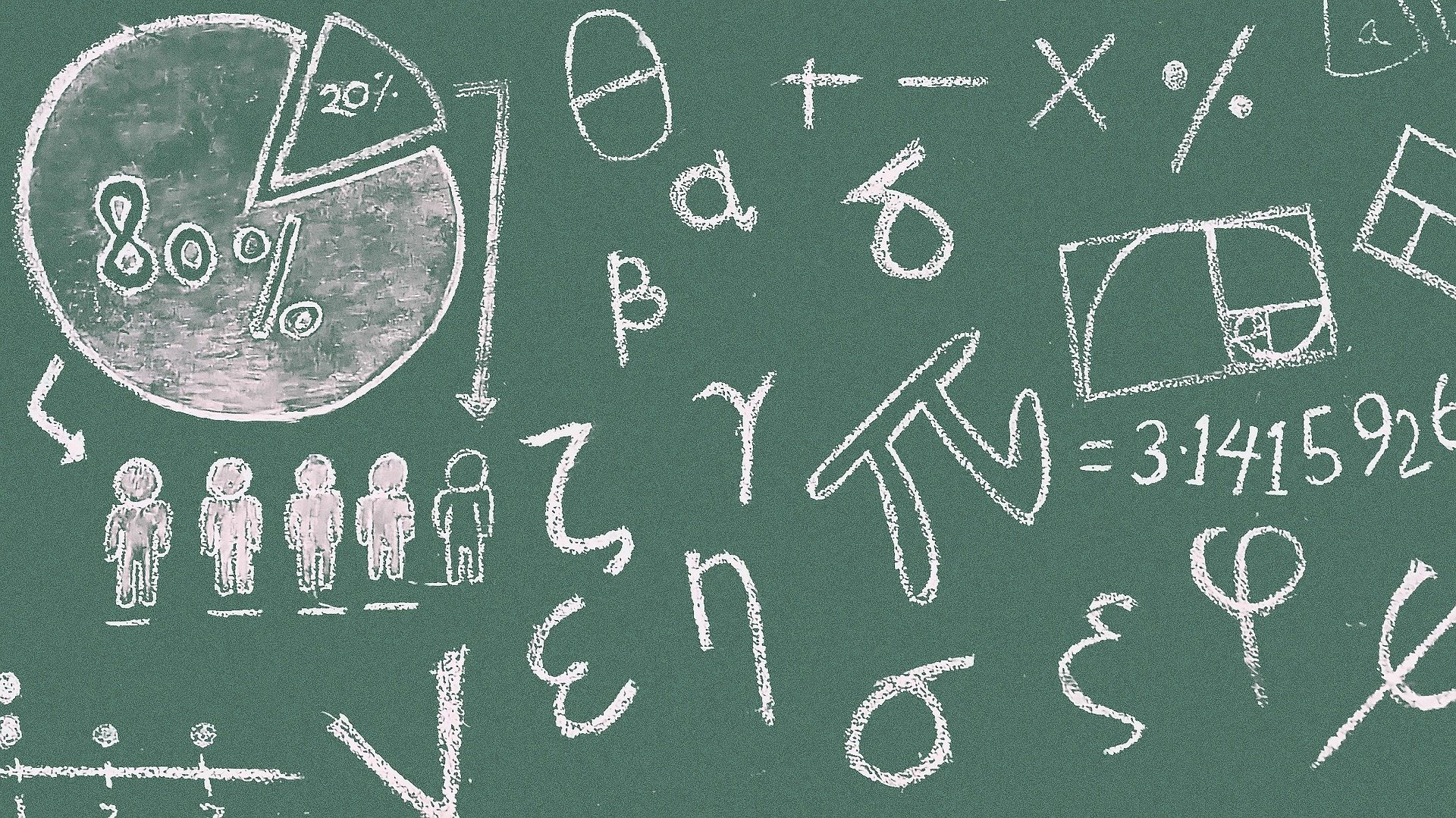As a math teacher, it is important to find ways to engage your students and make math interesting and accessible for them. In a world where technology is prevalent, it can be tempting to rely solely on technology for lessons, but there are many activities that can be done in the classroom that promote hands-on learning and critical thinking. Here are four activities that can be incorporated into your math lessons to make them more dynamic and interactive.
1. Math games: Math games are a fun and interactive way to get students involved in the subject. Games can range from simple board games to more complex games that require strategy and problem-solving skills. Some examples of math games include:
- Snakes and Ladders: This classic board game can be modified to include math problems on the squares. Students must solve the problem to determine how many squares they can move.
- Bingo: Students are given a bingo card with math problems, and the teacher calls out the answers. The first student to get five in a row wins.
- Escape rooms: Create a math-themed escape room where students have to solve a series of math problems to unlock each clue.
2. Group projects Group projects are a great way to encourage teamwork and collaboration among students. Projects can range from simple problem-solving exercises to more complex projects that require research and presentation skills. Some examples of group projects include:
- Math scavenger hunt: Students work in teams to find answers to math problems around the classroom or school.
- Math posters: Students work in groups to create a poster on a math concept, such as geometry or fractions. They can present their posters to the class and discuss what they learned.
- Math debates: Students are assigned to different sides of a math debate, and they must research and present arguments to support their stance.
3. Real-world connections Making math relevant to students’ lives is a great way to increase their interest and understanding of the subject. Real-world connections can be made by incorporating real-life scenarios into math problems, or by taking students on field trips to visit businesses and organizations that use math in their daily operations. Some examples of real-world connections include:
- Budgeting: Students can create a budget for a hypothetical family, including income and expenses, and calculate the balance.
- Surveys and data analysis: Students can conduct surveys on a topic of their choice and analyze the data using math concepts, such as mean, median, and mode.
- Visiting a factory or engineering firm: Students can see how math is used in the workplace and learn about the various careers that require math skills.
4. Technology: Technology is a great tool to use in the classroom to enhance students’ learning experiences. There are many online resources, such as websites and apps, that can be used to help students understand math concepts and solve problems. Some examples of technology to use in the classroom include:
- Online simulations: There are many online simulations that can help students understand math concepts, such as probability and statistics.
- Virtual manipulatives: Virtual manipulatives, such as digital blocks and pattern blocks, can be used to help students visualize and understand math concepts.
- Online quizzes and assessments: Online quizzes and assessments can be used to assess students’ understanding of math concepts and provide instant feedback.
In conclusion, there are many activities that math teachers can use in the classroom to make math more engaging and interactive for students. From math games and group projects to real-world connections and technology, there are many ways to get students involved and excited about math. By incorporating these activities into your lessons, you can help students develop a lifelong love of math and a deeper understanding of the subject. It is also important to remember that every student has their own learning style, and it is essential to accommodate for these differences by incorporating a variety of activities in the classroom. By doing so, students are given the opportunity to explore and understand math concepts in a way that works best for them.
Another important aspect of incorporating these activities into your lessons is the assessment of student learning. Regular assessments can help teachers understand how well students are retaining the information and concepts being taught. This feedback can then be used to make necessary adjustments to the lessons to better meet the needs of the students.
In addition, incorporating these activities into the lessons can create a positive and inclusive classroom environment. When students are actively engaged in their learning and feel a sense of belonging in the classroom, they are more likely to participate and be invested in their education.
Overall, incorporating activities such as math games, group projects, real-world connections, and technology into your math lessons can make math more accessible and engaging for students. By doing so, students will not only develop a deeper understanding of math concepts, but also gain valuable skills that can be applied beyond the classroom.




